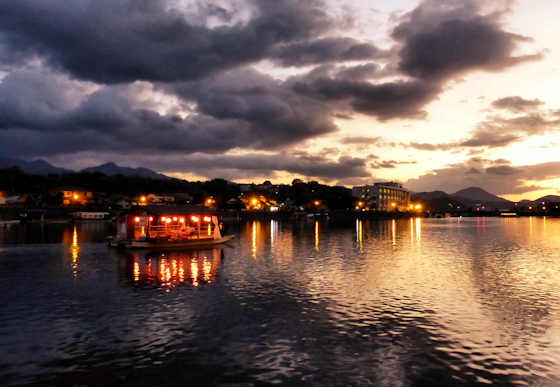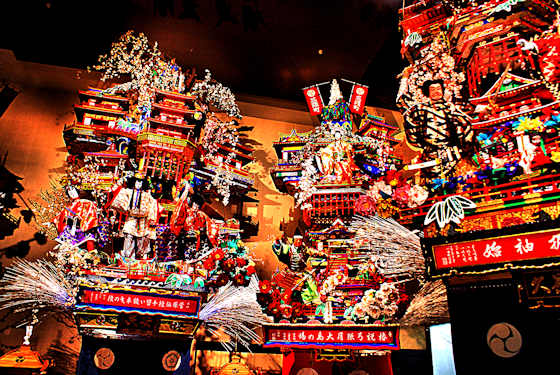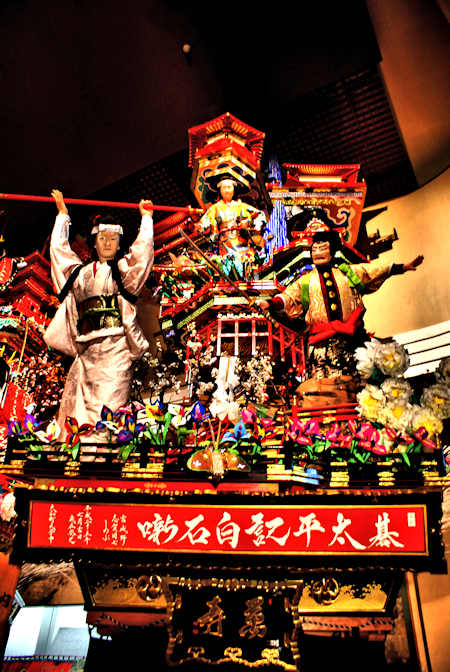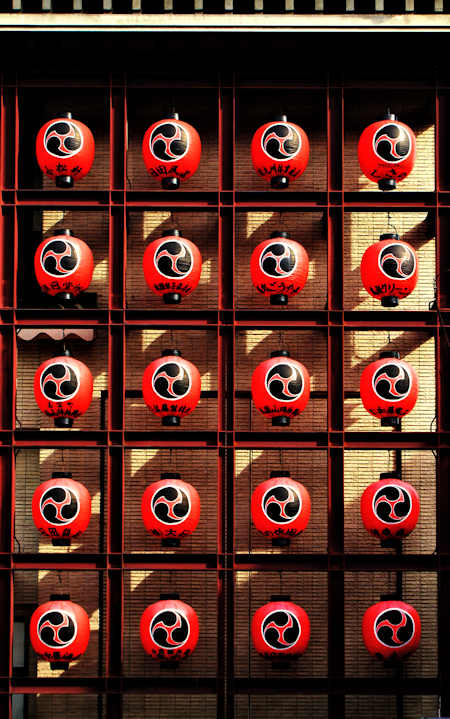Tuesday, March 22, 2022
Yakatabune of the Mimuka River
Wednesday, March 16, 2022
Enshiro at Kangien in Hita
Japan Guide
Wednesday, March 9, 2022
Shufuan at Kangien in Hita
Shufuan

Shufuan was built in 1781 as a residence by Hirose Gekka, a haiku poet and member of the wealthy, local merchant family of Hirose.

In the early 10th century it became part of a private academy started by his nephew, Hirose Tanso.

The school grew and was named Kangien, kangi means "everything is fine"
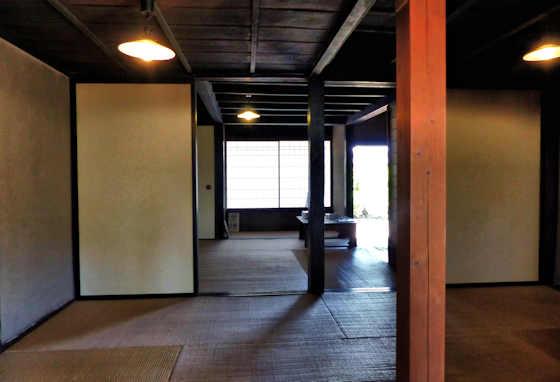
By the time it closed in 1897, about 5,000 students from all over Japan had passed through the school, making it the private school of the period.

Kangien was also known for accepting students from all classes, not just samurai, and possibly even some females. Another school of the time famous for accepting all classes of student is the Shizutani School in Okayama.

Shufuan is one of two buildings from the school that are still remaining. Both are free to enter and explore.. The other building, Tanso's favorite study Enshiro, I will post next.

Shufuan is unusual in having a usable second floor. Also at the site is a small museum about Hirose Tanso and Kangien. Everything is free to enter.

Monday, February 28, 2022
Kuncho Sake Brewery & Museum
Sake 酒
Just about every town in Japan, large or small, has at least one sake brewery.
Tuesday, February 15, 2022
Hita Gion Matsuri Museum
Hita Gion Matsuri Museum
Hita, the historic town in the mountains of Oita, is one of many towns throughout Japan with their own Gion Matsuri, the festival that originated in Gion, Kyoto.
Wednesday, February 9, 2022
Myo-o-ji Temple 95 on the Kyushu Pilgrimage
Myo-o-ji Temple 95
Alsoknown as Tansofudosonmyoo Temple, Myo-o-ji is number 95 on the Kyushu ilgrimage and the reason I was in Hita on the 53rd day of my walk.
Tuesday, February 1, 2022
Hita Preservation District in 2D
Hita
A series of photos taken in the historical preservation district in Hita, Oita, that focus on two-dimensional composition. Similar to the recent post I did on Omori.





